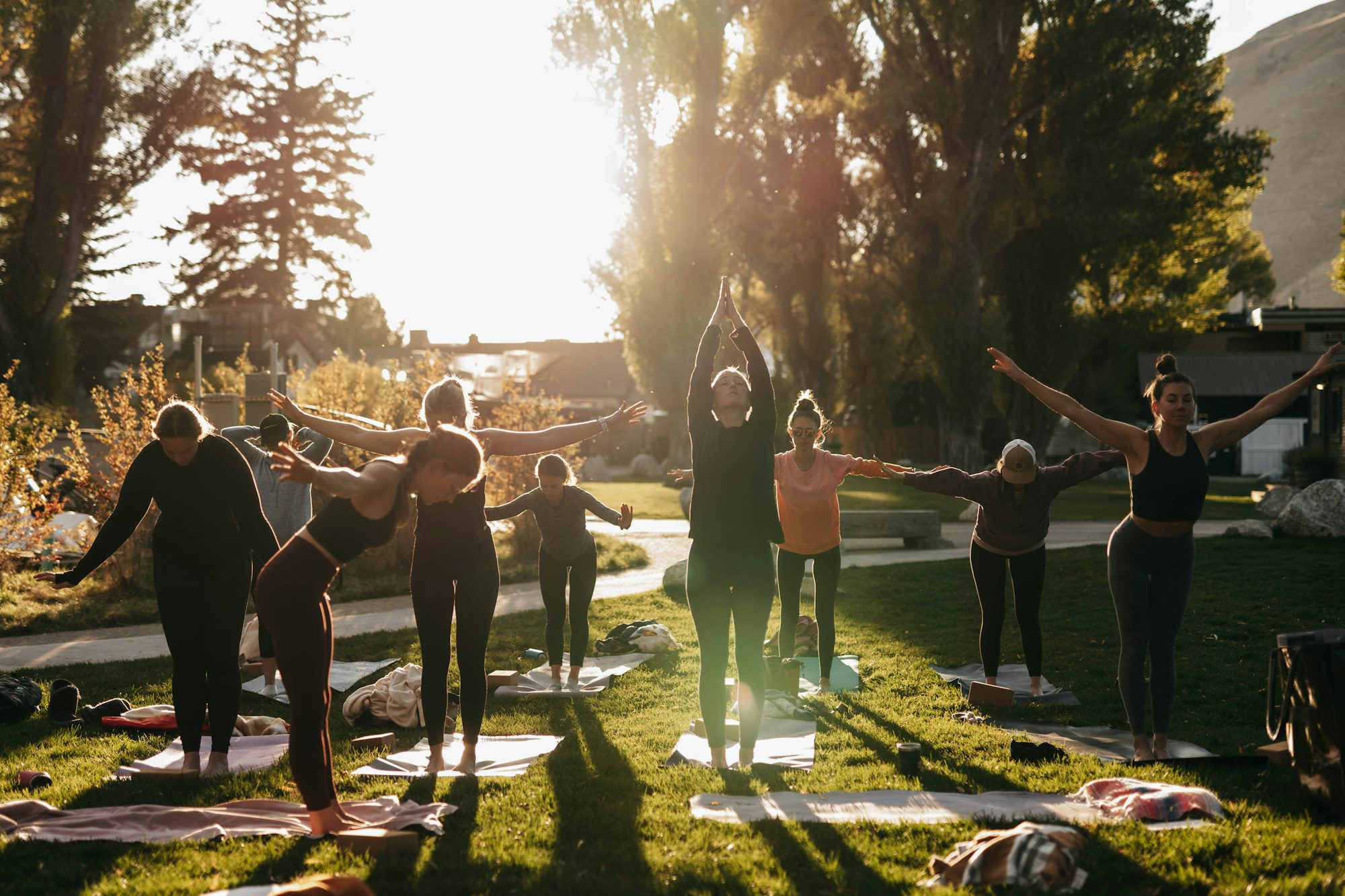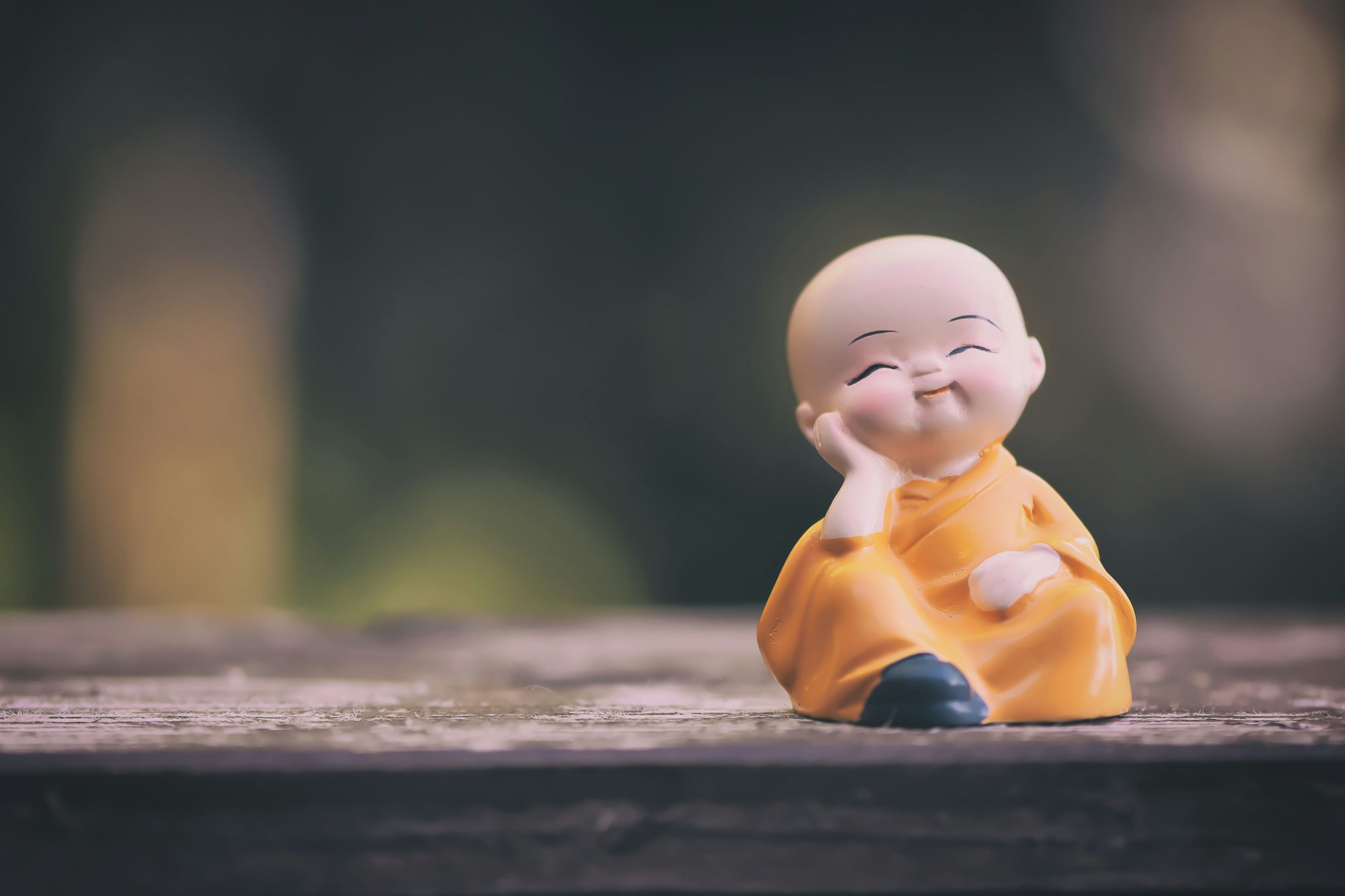
Aromatherapy, the practice of using essential oils for therapeutic purposes, has gained significant popularity in recent years. This holistic approach to wellness harnesses the power of nature to promote physical and emotional well-being. By understanding the various essential oils and their unique properties, individuals can incorporate aromatherapy into their daily routines to enhance their quality of life.
At the heart of aromatherapy are essential oils—highly concentrated extracts derived from plants. These oils capture the natural fragrance and therapeutic benefits of the plants from which they are sourced. Each essential oil possesses distinct properties that can impact mood, alleviate stress, and even promote physical healing. From calming lavender to invigorating peppermint, the diversity of essential oils offers a vast array of benefits for individuals seeking natural remedies.
One of the most celebrated essential oils is lavender. Known for its calming effects, lavender oil is commonly used to reduce anxiety and promote relaxation. Many individuals incorporate lavender into their bedtime routines, either by using it in a diffuser or adding a few drops to their pillow. Studies have shown that the soothing scent of lavender can improve sleep quality, making it a popular choice for those struggling with insomnia or restlessness.
In addition to lavender, eucalyptus oil is renowned for its refreshing and invigorating properties. Often used in steam inhalation and massages, eucalyptus oil can help clear the airways and promote respiratory health. Its antiseptic qualities make it a common ingredient in chest rubs and ointments, providing relief during cold and flu season. The invigorating scent of eucalyptus also has a revitalizing effect, making it an excellent choice for those looking to boost their energy levels.
Another essential oil that has gained attention is peppermint. Known for its cooling and stimulating effects, peppermint oil is often used to alleviate headaches and enhance focus. Many people find that inhaling peppermint oil or applying it topically to their temples can provide quick relief from tension headaches. Additionally, its refreshing scent can help improve concentration, making it a valuable tool for students and professionals alike.
Tea tree oil is another essential oil with impressive therapeutic properties. With its antimicrobial and antiseptic qualities, tea tree oil is commonly used in skincare products to treat acne and promote healthy skin. Its ability to combat bacteria and fungi makes it a popular choice for those seeking natural solutions for various skin concerns. Many individuals incorporate tea tree oil into their skincare routines, either by adding it to creams or using it in diluted form for spot treatments.
The benefits of aromatherapy extend beyond individual essential oils; combining oils can create synergistic effects that enhance their therapeutic properties. Blending different essential oils allows individuals to tailor their aromatherapy experience to meet specific needs. For example, a blend of lavender and chamomile can create a calming atmosphere perfect for relaxation, while a combination of citrus oils can invigorate and uplift the mood.
Aromatherapy can be applied through various methods, making it accessible to everyone. One of the most popular ways to experience essential oils is through diffusion. Essential oil diffusers disperse the oils into the air, allowing individuals to inhale their therapeutic benefits. This method is particularly effective for creating a relaxing ambiance in homes or workspaces. Diffusing essential oils can help set the mood for activities such as meditation, yoga, or simply unwinding after a long day.
Topical application is another effective method for using essential oils. When applied to the skin, essential oils can provide localized benefits. However, it’s essential to dilute essential oils with a carrier oil, such as coconut or jojoba oil, before applying them to the skin to avoid irritation. Many individuals enjoy using essential oils in massages, where their soothing properties can enhance relaxation and promote muscle relief.
Bathing with essential oils is another wonderful way to incorporate aromatherapy into self-care routines. Adding a few drops of essential oil to a warm bath can create a luxurious and therapeutic experience. The warm water helps to diffuse the oils, allowing their soothing scents to envelop the bather. Popular choices for bath blends include lavender for relaxation and eucalyptus for respiratory support.
While the benefits of aromatherapy are vast, it is essential to approach the practice with care and mindfulness. Not all essential oils are safe for everyone, and some may cause allergic reactions or interact with medications. Pregnant individuals and those with specific health conditions should consult with a healthcare professional before using essential oils. Educating oneself about the properties and potential contraindications of essential oils is vital for safe and effective use.
As individuals continue to explore the world of aromatherapy, it becomes clear that this practice can enhance overall well-being in a variety of ways. The natural scents of essential oils provide not only therapeutic benefits but also an opportunity to connect with nature and foster mindfulness. Whether through inhalation, topical application, or indulgent baths, the possibilities for incorporating aromatherapy into daily life are endless.
In conclusion, aromatherapy offers a holistic approach to well-being by harnessing the therapeutic properties of essential oils. From calming lavender to invigorating peppermint, each oil presents unique benefits that can enhance emotional and physical health. By integrating aromatherapy into daily routines, individuals can cultivate a greater sense of balance, relaxation, and vitality. As we navigate the complexities of modern life, embracing the natural power of aromatherapy can lead to profound transformations and improved quality of life.




